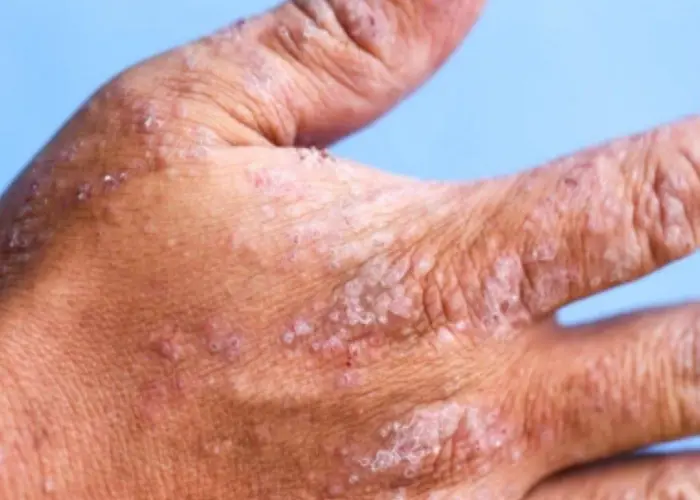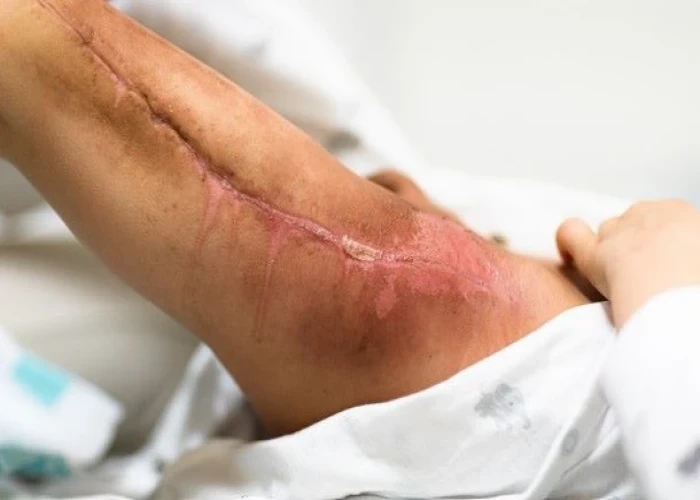 Welcome
Welcome
“May all be happy, may all be healed, may all be at peace and may no one ever suffer."
Carpal tunnel syndrome

Carpal tunnel syndrome is a medical condition that causes pain, numbness, and tingling in the hand and wrist, which can radiate up the arm. It occurs when the median nerve, which runs from the forearm into the hand, becomes compressed or squeezed as it travels through the wrist. The compression can be caused by swelling, inflammation, or injury to the wrist, as well as by repetitive motions that place strain on the wrist, such as typing or using a computer mouse. Carpal tunnel syndrome is more common in people who perform repetitive hand movements or have certain medical conditions, such as diabetes, obesity, or rheumatoid arthritis. Treatment for carpal tunnel syndrome may involve rest, wrist splinting, physical therapy, and pain relief medications. In severe cases, surgery may be necessary to relieve pressure on the median nerve. It is important to seek medical attention if you experience symptoms of carpal tunnel syndrome, as early diagnosis and treatment can help prevent further nerve damage and improve outcomes.
Research Papers
Disease Signs and Symptoms
- Tingling sensation
- Numbness
- Weakness
Disease Causes
Carpal tunnel syndrome
Carpal tunnel syndrome is caused by pressure on the median nerve.
The median nerve runs from the forearm through a passageway in the wrist (carpal tunnel) to the hand. It provides sensation to the palm side of the thumb and fingers, except the little finger. It also provides nerve signals to move the muscles around the base of the thumb (motor function).
Anything that squeezes or irritates the median nerve in the carpal tunnel space may lead to carpal tunnel syndrome. A wrist fracture can narrow the carpal tunnel and irritate the nerve, as can the swelling and inflammation caused by rheumatoid arthritis.
Many times, there is no single cause of carpal tunnel syndrome. It may be that a combination of risk factors contributes to the development of the condition.
Disease Prevents
Carpal tunnel syndrome
There are no proven strategies to prevent carpal tunnel syndrome, but you can minimize stress on the hands and wrists with these methods:
- Reduce your force and relax your grip. If your work involves a cash register or keyboard, for instance, hit the keys softly. For prolonged handwriting, use a big pen with an oversized, soft grip adapter and free-flowing ink.
- Take short, frequent breaks. Gently stretch and bend hands and wrists periodically. Alternate tasks when possible. This is especially important if you use equipment that vibrates or that requires you to exert a great amount of force. Even a few minutes each hour can make a difference.
- Watch your form. Avoid bending your wrist all the way up or down. A relaxed middle position is best. Keep your keyboard at elbow height or slightly lower.
- Improve your posture. Incorrect posture rolls shoulders forward, shortening the neck and shoulder muscles and compressing nerves in the neck. This can affect the wrists, fingers and hands, and can cause neck pain.
- Change your computer mouse. Make sure that your computer mouse is comfortable and doesn't strain your wrist.
- Keep your hands warm. You're more likely to develop hand pain and stiffness if you work in a cold environment. If you can't control the temperature at work, put on fingerless gloves that keep the hands and wrists warm.
Disease Treatments
Treat carpal tunnel syndrome as early as possible after symptoms start. In the early stages, simple things that you can do for yourself may make the problem go away. For example:
- Take more-frequent breaks to rest the hands.
- Avoid activities that make symptoms worse.
- Apply cold packs to reduce swelling.
Other treatment options include wrist splinting, medications and surgery. Splinting and other conservative treatments are more likely to help if you've had only mild to moderate symptoms that come and go for less than 10 months. If you have numbness in your hands, you need to see a health care provider.
Nonsurgical therapy
If the condition is diagnosed early, nonsurgical methods may help improve carpal tunnel syndrome, including:
- Wrist splinting. A splint that holds the wrist still while you sleep can help relieve nighttime symptoms of tingling and numbness. Even though you only wear the splint at night, it can also help prevent daytime symptoms. Nighttime splinting may be a good option if you're pregnant because it does not involve the use of any medications to be effective.
- Nonsteroidal anti-inflammatory drugs (NSAIDs). NSAIDs, such as ibuprofen (Advil, Motrin IB, others), may help relieve pain from carpal tunnel syndrome in the short term.
- There isn't evidence, however, that these drugs improve carpal tunnel syndrome.
- Corticosteroids. Your provider may inject the carpal tunnel with a corticosteroid such as cortisone to relieve pain. Sometimes the provider uses an ultrasound to guide these injections.
- Corticosteroids decrease inflammation and swelling, which relieves pressure on the median nerve. Oral corticosteroids aren't considered as effective as corticosteroid injections for treating carpal tunnel syndrome.
If carpal tunnel syndrome is caused by rheumatoid arthritis or another inflammatory arthritis, then treating the arthritis may reduce symptoms of carpal tunnel syndrome. However, this is unproved.
Surgery
Surgery may be appropriate if symptoms are severe or don't respond to other treatments.
The goal of carpal tunnel surgery is to relieve pressure by cutting the ligament pressing on the median nerve.
The surgery may be performed with two different techniques:
- Endoscopic surgery. Your surgeon uses a telescope-like device with a tiny camera attached to it (endoscope) to see inside the carpal tunnel. Your surgeon cuts the ligament through one or two small incisions in the hand or wrist. Some surgeons may use ultrasound instead of a telescope to guide the tool that cuts the ligament.
- Endoscopic surgery may result in less pain than does open surgery in the first few days or weeks after surgery.
- Open surgery. Your surgeon makes an incision in the palm of the hand over the carpal tunnel and cuts through the ligament to free the nerve.
Discuss the risks and benefits of each technique with your surgeon before surgery. Surgery risks may include:
- Incomplete release of the ligament
- Wound infections
- Scar formation
- Injuries to the nerves or blood vessels
During the healing process after the surgery, the ligament tissues gradually grow back together while allowing more room for the nerve. This internal healing process typically takes several months, but the skin heals in a few weeks.
Your provider generally will encourage you to use the hand after the ligament has healed, gradually working back to normal use of the hand while initially avoiding forceful hand motions or extreme wrist positions.
Soreness or weakness may take from several weeks to a few months to resolve after surgery. If your symptoms were very severe, symptoms may not go away completely after surgery.
Disease Diagnoses
Disease Allopathic Generics
Disease Ayurvedic Generics
Disease Homeopathic Generics
Disease yoga
Carpal tunnel syndrome and Learn More about Diseases

Progeria

Contact dermatitis

Broken arm

Rhabdomyosarcoma

Viral gastroenteritis (stomach flu)

Impacted wisdom teeth

Cutaneous T-cell lymphoma

Osteosarcoma
Carpal tunnel syndrome, Carpal tunnel syndrome treatment, কার্পাল টানেল সিনড্রোম
To be happy, beautiful, healthy, wealthy, hale and long-lived stay with DM3S.
